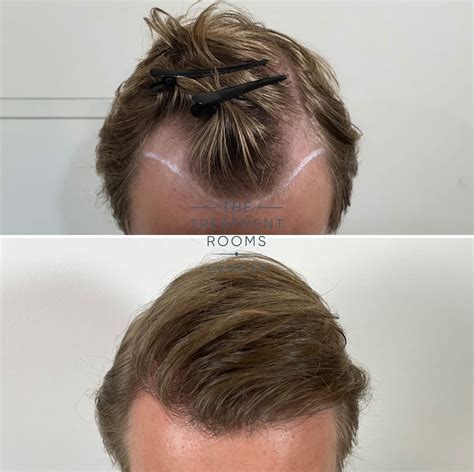Understanding the Causes of Women Thinning Hair Temples
Thinning hair temples, also known as temporal hair loss or female pattern hair loss, is a common issue affecting millions of women worldwide. While it can be distressing, it’s crucial to understand the underlying causes to address the problem effectively.

-
Hormonal Changes:
– Postpartum: After childbirth, hormonal fluctuations can lead to temporary hair loss, including thinning temples.
– Menopause: Reduced estrogen levels can weaken hair follicles, resulting in thinner hair and potential temple loss. -
Genetics:
– Androgenetic Alopecia: This inherited condition affects both men and women and is characterized by a gradual thinning of hair, particularly on the temples. -
Medical Conditions:
– Thyroid Disorders: An underactive or overactive thyroid can cause hair loss, including in the temple areas.
– Autoimmune Diseases: Certain autoimmune diseases, such as lupus and alopecia areata, can attack hair follicles. -
Lifestyle Factors:
– Stress: Chronic stress can disrupt hair growth and lead to temple thinning.
– Nutrient Deficiencies: Iron, vitamin D, and biotin deficiencies can contribute to hair loss.
– Styling Habits: Excessive heat styling, tight hairstyles, or chemical treatments can damage hair and weaken follicles.
3-Step Guide to Women Thinning Hair Temples Extension
1. Consult a Dermatologist or Trichologist:
- Professional evaluation can help determine the underlying cause of temple thinning and recommend appropriate treatment options.
- They may perform a scalp biopsy to examine hair follicles and assess their health.
2. Explore Treatment Options:
- Medications: Minoxidil and finasteride are FDA-approved topical medications that can help stimulate hair growth and prevent further loss.
- Hair Transplantation: Surgical procedures can transplant healthy hair follicles to thinning temples, providing a permanent solution.
Table 1: Medications for Women Thinning Hair Temples
| Medication | Mechanism of Action | Side Effects |
|---|---|---|
| Minoxidil | Stimulates hair growth by opening potassium channels on hair follicles | Itching, redness, dandruff |
| Finasteride | Blocks the conversion of testosterone to dihydrotestosterone (DHT), which can damage hair follicles | Sexual side effects (rare) |
Table 2: Hair Transplantation for Women Thinning Hair Temples
| Technique | Method | Recovery Time |
|---|---|---|
| Follicular Unit Extraction (FUE) | Individual hair follicles are extracted from the donor area and transplanted into the temples | 1-2 weeks |
| Follicular Unit Transplantation (FUT) | A strip of skin containing hair follicles is removed from the donor area and transplanted into the temples | 2-3 weeks |
3. Incorporate Lifestyle Changes:
- Stress Management: Engage in stress-reducing techniques such as yoga, meditation, or exercising regularly.
- Nutrient-Rich Diet: Include foods rich in iron, vitamin D, and biotin.
- Gentle Hair Care: Use gentle hair products, avoid excessive heat styling, and minimize tight hairstyles.
- Scalp Massage: Regular scalp massages can improve blood flow to hair follicles and promote hair growth.
Tip and Tricks
- Consider using a volumizing shampoo and conditioner to give the illusion of thicker hair.
- Try hair extensions or wigs if you’re experiencing significant thinning temples.
- Consult with a hair stylist for advice on flattering hairstyles that can camouflage temple thinning.
- Join support groups or online communities to connect with others facing similar challenges.
Conclusion
Women thinning hair temples is a treatable condition with various options available to address the issue. By understanding the causes, exploring treatment options, and incorporating lifestyle changes, women can regain confidence in their hair and enjoy a fuller, healthier appearance.
Table 3: Prevalence of Women Thinning Hair Temples
| Age Group | Prevalence |
|---|---|
| 20-29 | 10-20% |
| 30-39 | 20-30% |
| 40-49 | 30-40% |
| 50 and above | 40-50% |
Table 4: Impact of Women Thinning Hair Temples
| Aspect | Impact |
|---|---|
| Self-esteem | Can negatively impact confidence and body image |
| Social Interactions | May lead to avoidance or isolation |
| Physical Health | Can indicate underlying medical conditions that require attention |
